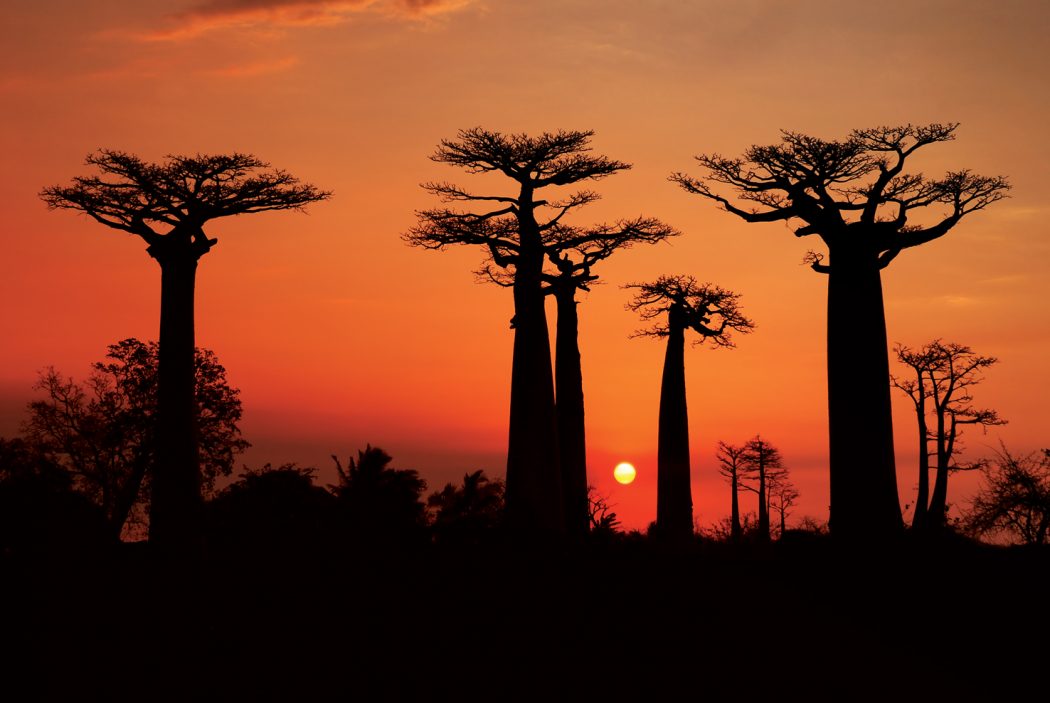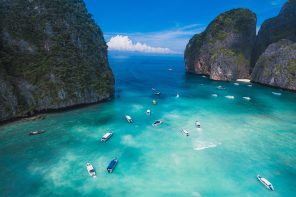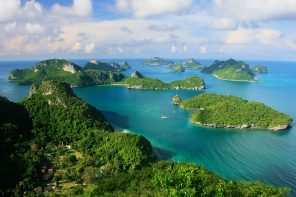For a holiday packed with adventure, pleasant surprises and a foray into nature nirvana, Gillian McLaren visits Masoala Forest Lodge in northeastern Madagascar.
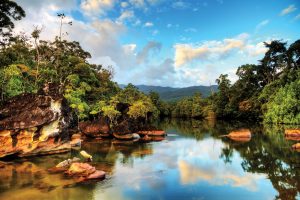
Imagine a lodge at the edge of Madagascar’s largest and most untouched lowland rainforest, where you are isolated, except for a small Malagasy village nearby. Think of the exclusivity of only seven palm-thatched tree houses raised on wooden stilts, with views through forest canopy down to the ocean. Consider a hotspot of biodiversity, in a conservation area where vast numbers of the plants and animals are found no-where else in the world. This is Masoala Forest Lodge, in the northeast of this unique island, on a peninsula, facing Antongil Bay.
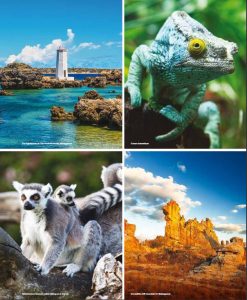
Reaching Masoala Forest Lodge, in the Masoala National Park, is an exhilarating trip by speedboat from Maroantsetra, a charming Malagasy town. During a stop at Nosy Mangabe Special Reserve, an island in Antongil Bay, I am astounded to see Leaf-tailed geckos, so well camouflaged – coloured like the lichen and moss on the bark of a tree and positioned head down, parallel to the trunk – that I battle to see them, even when my guide shows me where to look! Mantella frogs coloured day-glo green and black hop on the forest floor that is rich and dark with humus. During a pleasant picnic lunch, White-fronted brown lemurs entertain us as they forage in the canopy above our table. Strolling back to the boat under trees of up to 35m tall, that have huge buttress roots, my guide finds Black–and-white ruffed lemurs – introduced 40 years ago – lounging on a branch. This entrée whets my appetite for the treks from Masoala Forest Lodge into the primary rainforest.
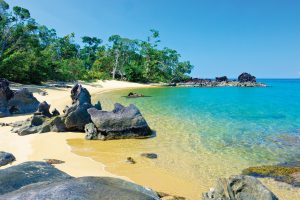
Warmly welcomed by the owners of the lodge and fortified by a tot of homemade flavoured rum, rhum arrangée, I settle into my eco-friendly treetop tent, to unpack into the cupboard on the back wooden deck. After a shower in the simple downstairs bathroom, I set off to explore the lodge’s private secondary rainforest, with Seraphin Safianasiezy, my private guide for the week. We don’t get very far as I am so intrigued by the fascinating fungus types growing on living trees, dead branches and leaves; the juvenile Panther chameleon; the astoundingly gorgeous butterflies; that I am stopping to try to photograph each miracle. As dusk turns to night, we use our torches to illuminate scuttling red crabs, a snake busy hunting, a sleeping Madagascar kingfisher and two Woolly lemurs.
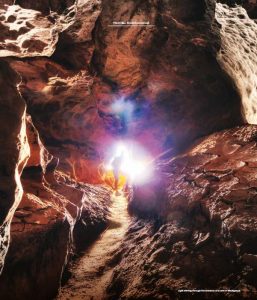
Around a big table for a festive three-course evening meal, Pierre Bester – who pioneered this perfectly sited and well-run lodge – joins us. He is a fountain of information about all we have seen already, plus he entertains us with tales of his adventures while kayaking around Madagascar. The food is all fresh and delectable, our soup served in bowls made from coconut husk. As there are so many activities at Masoala Forest Lodge and they are totally flexible about each day’s plans, we can each do as we please. Unsurprisingly, we all want to head for the primary rainforest the next day.
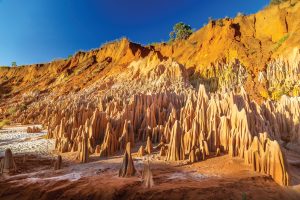
It is an overwhelming experience to climb up into this virgin bush, through moss, fern and lichen covered trees, various palm species, tree ferns and orchids, with swathes of light penetrating the canopy. Muddy, marshy paths have tangled roots and slippery stones, so Seraphin whittles a stick for me and literally holds my hand as we forge gushing streams. We are rewarded with sightings of Red-ruffed lemur- found only in this area – as well as Brown-tailed Vontsira, then an adult Parson’s chameleon, Madagascar’s heaviest and a whopping 65cm long! A special treat for me is to see a pair of Helmet Vanga – with massive pale-blue bills – that are found only in undisturbed rainforest. A Red-breasted coua, with its distinctive plumage and very long tail, forages on the path, so I see it clearly. Though Fossa tracks have been noted, it is rare to see them as they are shy and studiously avoid human presence. Ambling back to the lodge, along with the yellow sands of the beach, we are amused by a Lowland streaked tenrec – a hedgehog-like creature – bustling to find insects.
Not only the rainforest is full of life here, the bay that is part of Masoala National Park teems with exotic tropical fish. During a morning excursion to have a swim in a mountain stream, I hop off the boat to snorkel. Motoring back to the lodge, we watch two adult Humpback whales and a juvenile cavorting and breaching the navy-blue water. It is breeding season – late June to December – and these Cetaceans are here for female Humpbacks to give birth. Respectfully close to the whales, we see details on their flukes. We find that they sometimes swim closer to our boat.
Back at the lodge, relaxing in the public area on the wooden deck that extends out over the ocean, I sip ravimboafotsy– a tasty herbal tea grown locally – I ponder the array of wildlife that is thriving here, as I leaf through some guide books from Masoala Forest Lodge’s substantial library. Planning my activities for my next few days, I decide to take a pirogue trip up the Ambodiforaha River, to spot birds amongst the mangroves; to walk to the village of Ambodiforaha to watch Malagasy dancing and buy some handicrafts; and to again walk in the private rainforest at night, forbidden in the National Park. Kayaking around the peninsula sounds like fun, but I don’t have enough time.
Despite the pressures on Madagascar like illegal logging, exotic pet trade, mining and a burgeoning population that is poor, Masoala National Park is a success story of conservation. Visit as soon as you can, to experience this truly amazing country.

